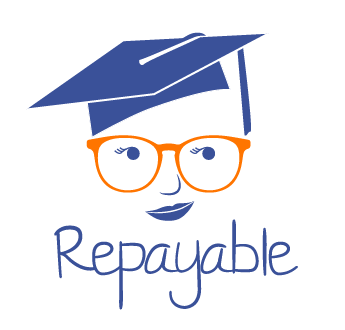You did it! You’ve graduated college and now you’re making a ton of life transitions. Maybe you’re moving to a new city, starting a new job, moving into a new place. There’s so much exciting change going on, and then there are your student loans. Ugh student loans. What are you going to do with your student loans? Where do you even start?
Today’s post is here to share four things you need to know about your student loans after you graduate. You’re smart, you just graduated college. After reading this and applying it to your student loans, you’ll easily know more than your fellow grads. Estimated read time ~5 minutes.
Figure out what type of student loans you have.
You’ll want to know if you have private student loans, federal student loans, or a mix of both. Federal student loans are loans funded by the U.S. government that have fixed interest rates and come with a standard set of borrower benefits. Private student loans are made by banks and other private lending institutions and often don’t carry the same benefits as federal loans.
One way to find out if you have federal or private loans is by looking at the name of your loans. William D. Ford Direct, FFEL, Stafford, PLUS, Perkins are all the names of Federal student loans. For more ways to find out if your student loan is federal or private you can read How to Figure Out if You Have Federal or Private Student Loans.
Figure out who owns your student loans.
To find out who owns your federal student loans you can log into the National Student Loan Data System (NSLDS) using your PIN. If you’re having trouble navigating this, your financial aid office at the college you just graduated from can help. You can send them an email to get started.
Find out how much student loan debt you owe.
If you want to take charge of your student loan debt you need to know exactly how much money you owe. When you log in to the NSLDS your federal loan amount will be listed. If you have private loans you will need to log in to your private loan servicers website to see your total loan amount, this also works for your federal loans.
For even more ways to find out how much you owe you can read How to Figure out How Much Student Loan Debt You Have
Find out which repayment plan you’re in.
Once you’ve figured out how much you owe and who you’re repaying your student loans through you’ll want to know how you’re set up to repay your student loan. There are many federal student loan repayment plans that could work for you. Next week we’ll talk about how you can decide if your repayment plan is the right one.
Next week we’ll start getting into what you can actually do with your student loan debt by deciding if your repayment plan is right for you. Cheers to starting your student loan repayment journey from a place of informed repayment rather than fear!


Recent Comments